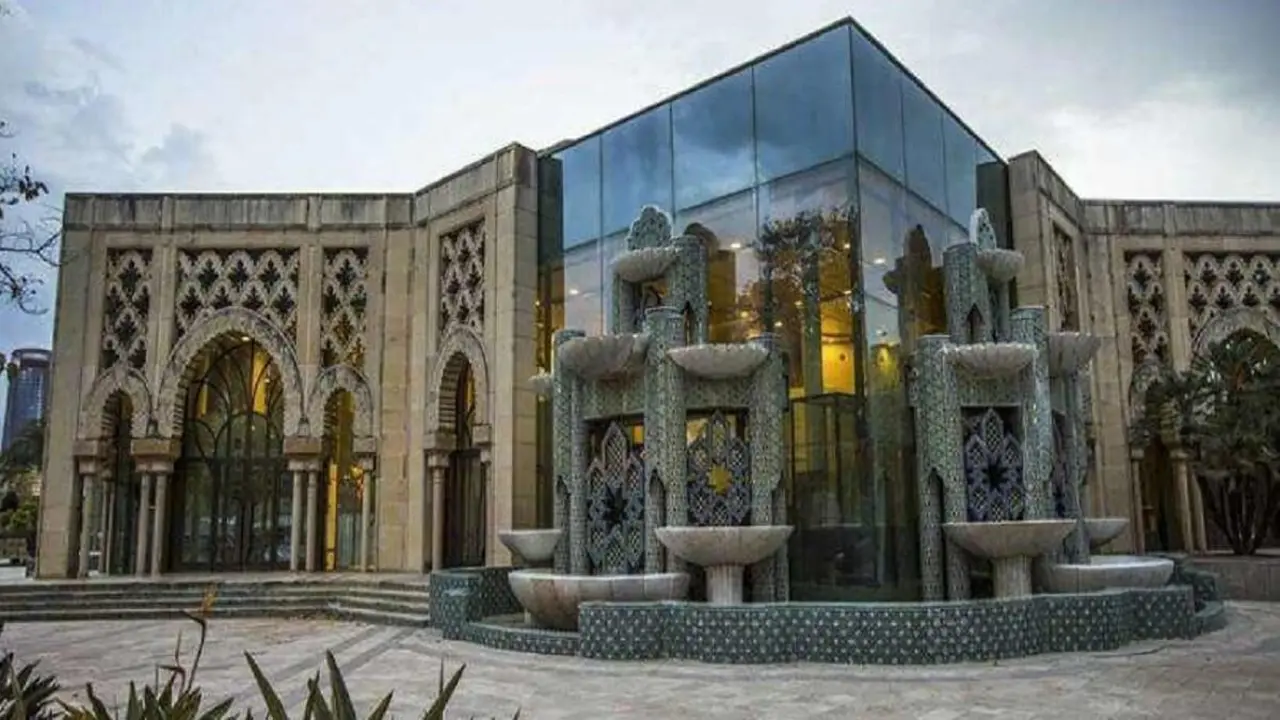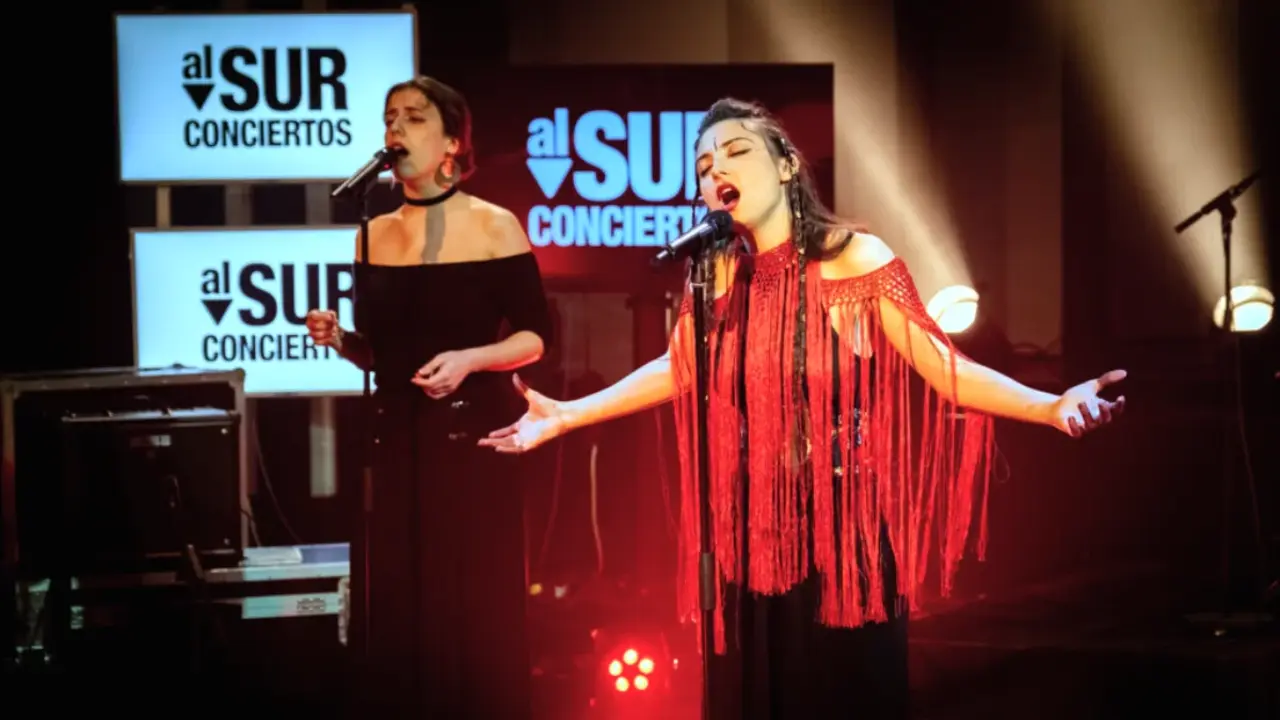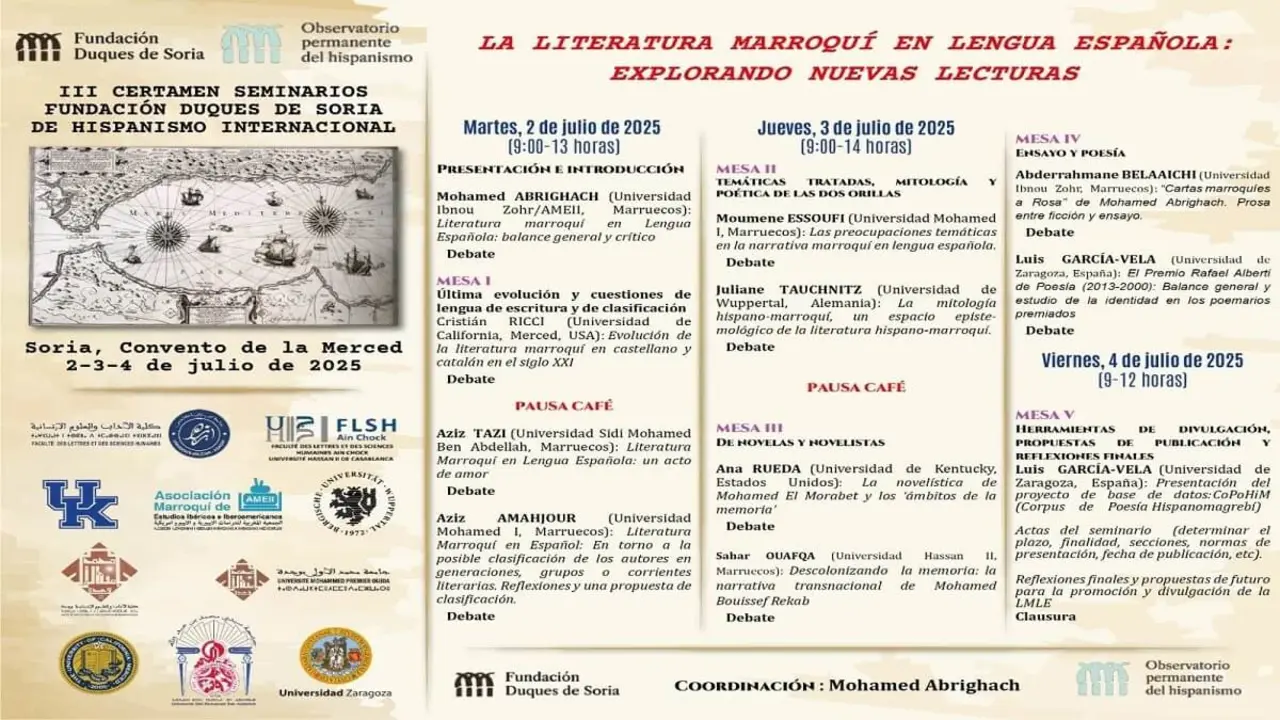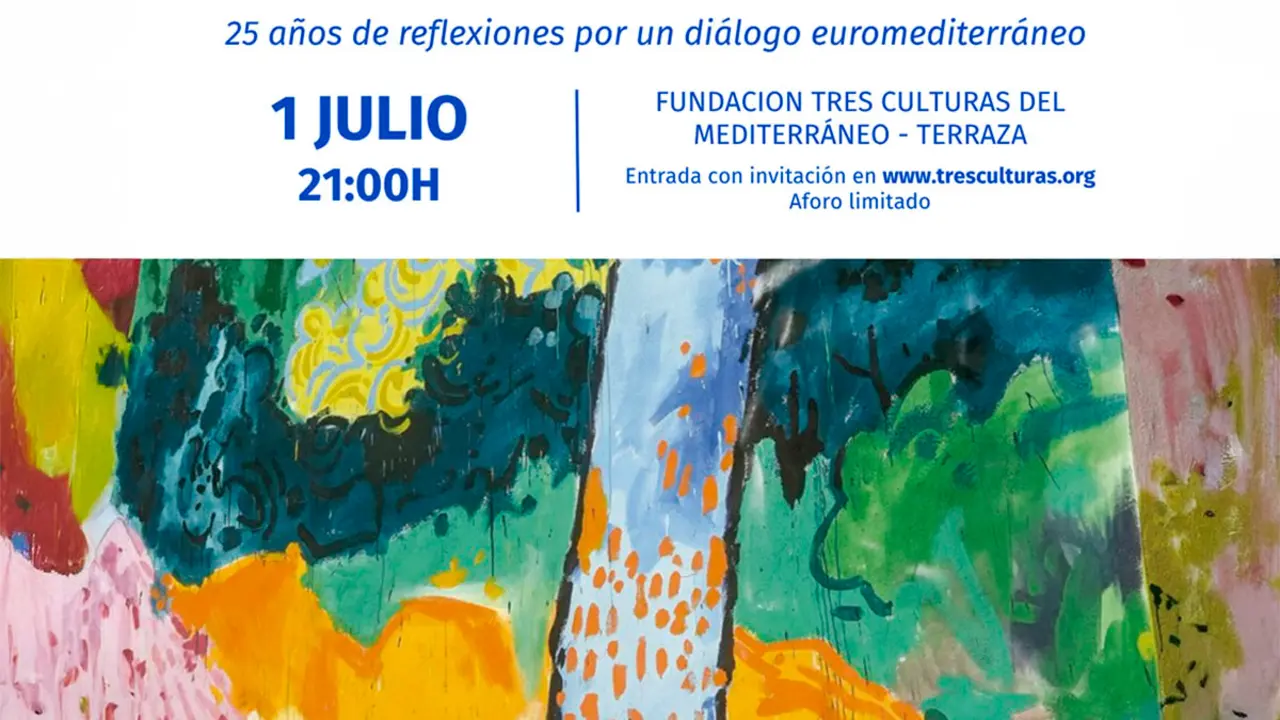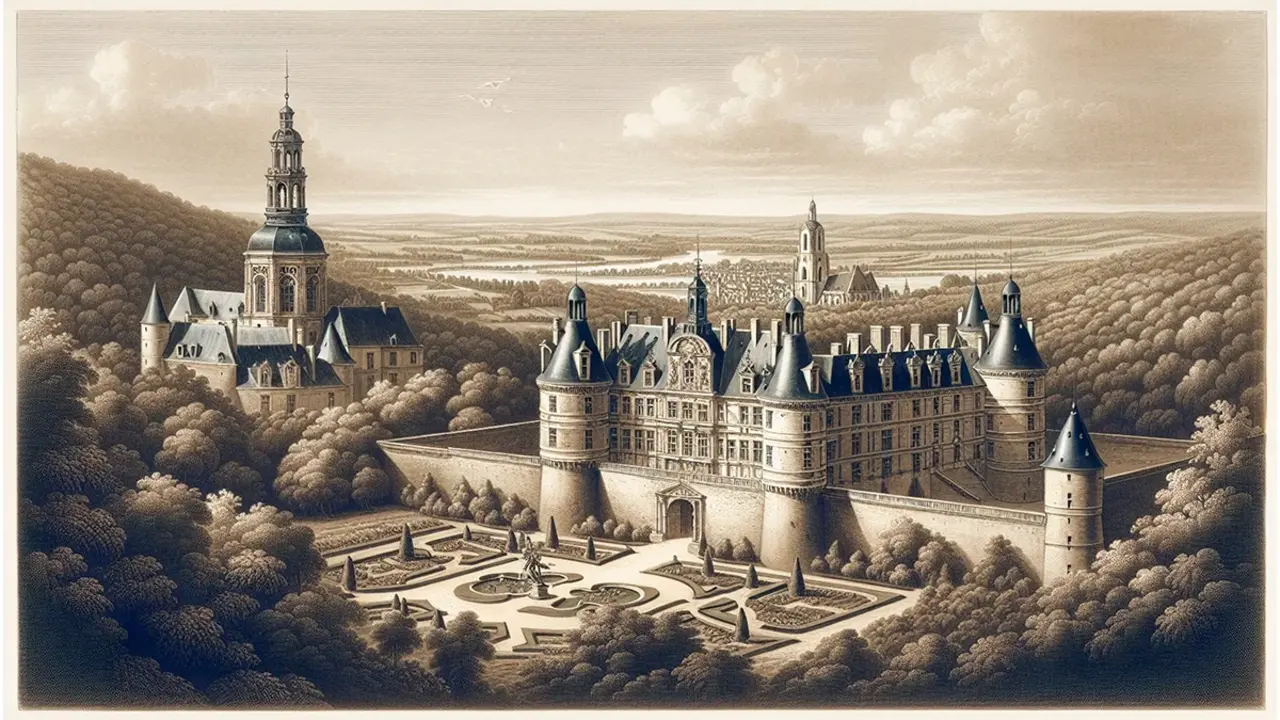The King and Queen of Spain show their support for the Spanish Language Congress with an extensive agenda in Cádiz

The King and Queen of Spain will open the 9th International Congress of the Spanish Language (CILE) in Cádiz on Monday 27 March, visit two exhibitions, attend a session on Spanish and the challenge of artificial intelligence and see the flamenco show "Tiempo de luz". A busy agenda on the first day of this pan-Hispanic summit, which will bring together more than 300 experts from the Spanish-speaking world (academics, writers, linguists, journalists, publishers, teachers and scientists) under the slogan "Spanish language, miscegenation and interculturality. History and future". In addition, four of the exhibitions co-organised by the Cervantes Institute as part of the many cultural activities that complement the academic programme of the Congress were opened to the public.
Don Felipe and Doña Letizia will preside (at 12 noon) over the solemn opening ceremony in the Gran Teatro Falla in Cádiz, which will be attended by the Director of the Cervantes Institute, Luis García Montero; the writers Elvira Lindo, Soledad Puértolas and Sergio Ramírez; the Director of the Royal Spanish Academy (RAE) and President of the Association of Spanish Language Academies (ASALE), Santiago Muñoz Machado, and the Minister of Foreign Affairs, José Manuel Albares. The session will be closed by His Majesty the King.
Afterwards (13:45), they will visit two exhibitions organised by the Cervantes Institute and the AECID which will be open to the public that day at Casa de Iberoamérica: 'Books and authors of the Viceroyalty of Peru', which brings together publications and manuscripts from that entity which radiated culture in the subcontinent (in collaboration with the Inca Garcilaso Cultural Centre of Peru), and 'Embustes y maravillas. Implausible Representations of the Other", a group show in which several artists explore the representation of "the other".
Afterwards, the King and Queen of Spain will attend the special session "Unity and diversity of Spanish. Tradition and the challenge of artificial intelligence" (18:15 at the Parador Nacional) and will close the day in Cádiz by attending the inaugural concert "Tiempo de luz" (19:30, Gran Teatro Falla), with three great flamenco artists: Carmen Linares, Marina Heredia and Arcángel.
The academic programme of the Congress will be organised into plenary sessions and special plenary sessions, which will take place in the Palacio de Congresos, as well as numerous simultaneous panels that will be distributed throughout different parts of the city. The first special plenary session will be opened and moderated by Minister Albares (Monday, 17:00) with the conference "The strength of Spanish in Europe and on the international scene".
The Pan-Hispanic Summit will address six main themes: "The Universality of Spanish. Encounters and linguistic contacts", "Journey, travel and transatlantic literary culture", "Language, politics, law and public institutions. The idea of globalisation in the Hispanic world", "Languages and intercultural education", "Mestizaje, science, technology and language" and, finally, "Language, community and transcultural dialogues".
A wide range of issues will be analysed, such as the mestizaje of the Spanish-speaking community, multilingualism, Spanish as a polycentric language, the languages originating in South America or Mesoamerica, the hybridisation of Spanish and English, national literatures, the literary use of Spanglish, the use of Spanish as a second language and the use of Spanish as a foreign language, the literary use of Spanglish in America, exile and literature, science and everyday language, the influence of the Cadiz Constitution of 1812, the living speech of Cadiz, Castilian and American romanceros, artificial intelligence and intercultural journalism, among others.
Among the many prominent names who will speak during the four days of academic activity at the CILE are Fernando Iwasaki, Carme Riera, Santiago Roncagliolo, Ana Santos Aramburo, Carmen Iglesias, María Dueñas, Héctor Abad Faciolince, Enrique Vila-Matas, Carmen Posadas, Gioconda Belli, Horacio Castellanos Moya, Guillermo Rojo, José Antonio Pascual, Rolando Kattan, Luis Mateo Díaz, Lola Pons, Manuel Gutiérrez Aragón and Cristina Gallach, as well as journalists Juan Luis Cebrián, Miguel Ángel Aguilar, Álex Grijelmo and Arsenio Escolar.
The Director of the Cervantes Institute, Luis García Montero, will give the general presentation of plenary session 4, entitled 'Languages and intercultural education', which will be chaired by Horacio Biord, on Wednesday (9.45 a.m.). It will be followed by a panel discussion with Ana Luisa Ríos (moderator), Daniel Cassany, Andrés Chirinos and Kim Potowsky.
The Cervantes Institute will present its most important activities and projects on the 29th, in plenary session 3, "Diversity and unity of the Spanish language". Luis García Montero will be accompanied by the Academic Director, Carmen Pastor Villalba (in charge of the General Secretariat of the Language Congresses) and the Director of Culture of the institution, Raquel Caleya. The First Vice-President of the Government, Nadia Calviño, will close the session.
As for the panels that day, García Montero will chair (17:30) "El amor de ida y vuelta. America and the writers of Cadiz", and the Secretary General of the Cervantes Institute, Carmen Noguero, will chair (4 p.m.) the panel "Challenges in the teaching of Spanish as a foreign, second or heritage language".
The Congress will close on Thursday (18:00) with a solemn closing ceremony by (in this order) the Mayor of Cádiz, José María González Santos; Carmen Pastor Villalba, Santiago Muñoz Machado, Luis García Montero and, finally, the Government Spokesperson and Minister for Territorial Policy, Isabel Rodríguez.
In addition, the Cervantes Institute is organising a vast programme of parallel activities in Cádiz to complement the academic agenda. Four of the exhibitions organised by the Cervantes have already opened to the public:
"Migrants. Drawings by Issa Watanabe". The Peruvian Issa Watanabe narrates through 25 illustrations the journey of a group of animals that leave their forest behind in a great migration, a metaphor for the flight that millions of people make every year due to war, persecution and conflict. Organised in collaboration with AECID and the Spanish Embassy in Peru.
"Shipibo-Konibo. Portraits from my blood". 25 photographs by David Díaz of his ancestral community, the Shipibo, an ethnic group in the Peruvian Amazon. The faces and the rest of the images are treated as a historical document, and not as a mere indigenist pamphlet. Co-organised with the Centro Cultural Inca Garcilaso (Peru).
"Carlos Edmundo de Ory. The central hut". Portrait of the poet and essayist from Cádiz, the main founder of Postism (1945), on the centenary of his birth in 1923. Organised with the Diputación de Cádiz, the writer's Foundation and the Cádiz City Council, it was inaugurated yesterday, Thursday, and can be visited from today.
"Nebrija (c. 1444-1522). The pride of being a grammarian". This exhibition is about the life and intellectual work of the great humanist Elio Antonio de Nebrija, considered the father of Spanish linguistics due to his famous Grammar of the Castilian language (1492). Organised with the Nebrija Foundation, AECID and the Ministry of Culture as the culmination of the 5th Centenary of Nebrija celebrated in 2022.
In addition to these, the two aforementioned exhibitions, organised by the Cervantes Museum, will be visited by the King and Queen of Spain on Monday 27th, the day of their opening to the public.
Submitted by José Antonio Sierra, Hispanism advisor.

